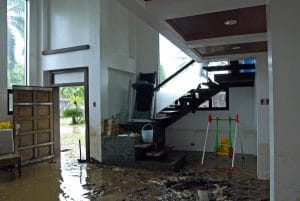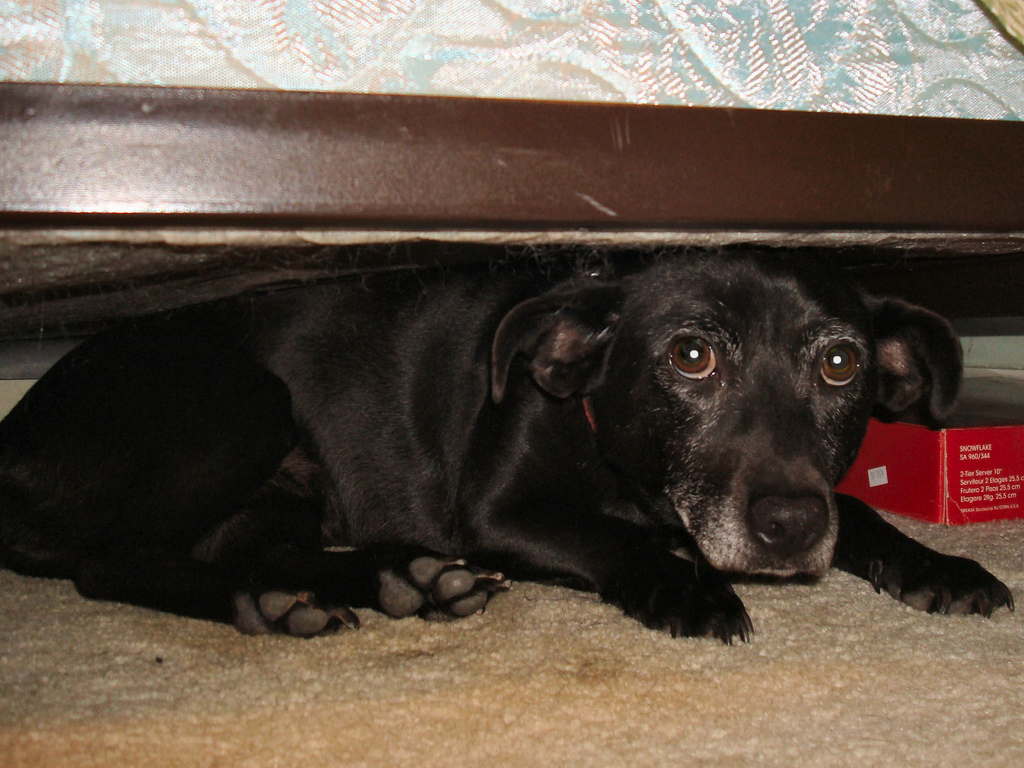How to Speed Up the Flood Cleanup Process
Uncontrollable floods lead to significant damage to homes. Indoor floods may be caused by numerous elements, including clogged drains, a burst water pipe, a leaky water heater, blocked gutters or downspouts, faulty washing machine hoses and sewer backups. Flooding also occurs as a natural consequence of heavy rains, hurricanes or river overflows. The water damage that results from either an indoor or outdoor flood leads to a pricey repair bill, damaged possessions or rotted building structures.
Given the high costs of a flood, homeowners are disposed to speed up the flood recovery process. Before you start the time-consuming cleanup, heed the warnings of emergency officials who have knowledge of possible dangers, like a second expected flood peak. When it is safe to do so, homeowners can begin the flood recovery task.
1. Inspect the Property
Be sure it is safe to enter the flooded home. A flooded building is a minefield of danger. Cracks in the foundation, gas leaks, chemical spills, and downed power lines are just a handful of the many risks a homeowner faces when endeavoring to return to the property. Be aware of the hazards and enter with caution.
2. Turn off the Electricity
It’s a given that electricity and water do not mix. If possible, shut off the electricity to the flooded home before you wade through the standing water. Cutting power to the house prevents you from running the risk of being electrically shocked.
3. Pinpoint the Cause
When the flood is due to an indoor source, make an attempt to identify the cause. A leaky toilet, sink or bathtub spews clean water. The clean water classification means that the floodwaters do not harbor contaminants.
The second classification of floodwater is grey water. This type of floodwater contains soapy chemicals, such as those from a leaky dishwasher or washing machine. Grey water is typically not harmful because it does not contain raw sewage, but it should be handled with minor caution.
Black water, the third and most contaminated classification of water, teems with dangerous, water-borne pathogens. Simply coming into contact with black water or inhaling its vapors can lead to disease and infections. Specialized equipment and protective gear must be used to safely handle this type of water. Sewage cleanup professionals should be called in to clean up black water.
How to Stop the Water Leak
Once you’ve located the source of the leak, put a stop to it. Homeowners have access to the main water shut off valve. Turn off the water supply to prevent the continued leak of water. Should the water leak be isolated to a particular appliance or plumbing fixture, shut off that appliance’s or plumbing fixture’s water supply.
Notify the local waste water department in the event of a sewage backup.
Dry Affected Goods
Water-soaked furniture, carpets, and bedding can develop mold infestations in as little as 48 hours. Remove all saturated possessions from the flooded area. Place them outside in the sun, if weather permits, to hasten the drying process.
Wooden furniture can swell when soaked in water, making drawers difficult to open. If bringing the furniture outside is not an option, open the windows and doors to allow adequate air circulation and encourage drying. Run air movers and several fans to help dry the flooded area.
Carpets that have become saturated with water should be appropriately handled. If the floodwater classification is black water, immediately discard the carpets. Contaminated water that seeps into the carpets makes the fibers too hazardous to human and pet life to keep in a home. Carpets inundated with grey water can safely be sanitized. An infiltration of clean water along carpets only requires professional carpet cleaning.
How to Remove Excess Water from Your Home
If the standing water in the flooded area is a few inches, be prepared to remove it with a bucket and mop. Wear protective gear before attempting to extract the water. Rubber boots and rubber gloves prevent your skin from coming into contact with bacteria swimming in the waters.
Copious amounts of water may be safely extracted using a shop vac or heavy-duty water pump designed to perform such laborious tasks. In the event the floodwaters are too high to handle, hire the services of a professional water damage restoration service.
1. Dehumidify
Place a dehumidifier in the flooded vicinity to extract moisture from the air. Removing excess water from the air speeds up the aeriation. At the same time, a dehumidifier prevents mold colonies from latching onto the damp environment and musty odors from permeating the space. Musty odors that result from the flood can be eradicated with an air purifier.
2. Clean and Disinfect
The final step to quickly recovering from a flood is to sanitize the space that was engulfed in floodwaters. Sheets and drapes that are drenched in floodwaters should be washed in extremely hot water and laundry soap or dry cleaned. Utensils, pots, and glassware that come into contact with the floodwaters should undergo a thorough sanitization. Undamaged cans of food or food in sealed glass jars may be retained if the unopened jars and cans are sanitized prior to opening them.
Professional Flood Cleanup
Floodwaters have a tendency to cause damage quickly. Respond to floodwaters with an equally swift approach, by contacting water damage restoration professionals. These professionals will perform dual functions: the initial water extraction and the subsequent flood cleanup. Your space will be returned to its pre-damaged condition with the company’s immediate restoration efforts.
When sewage water floods your home, do not make contact with the water. Instead, call in the flood cleanup experts who are fully experienced and skilled in properly and safely handling the contaminated waters.












